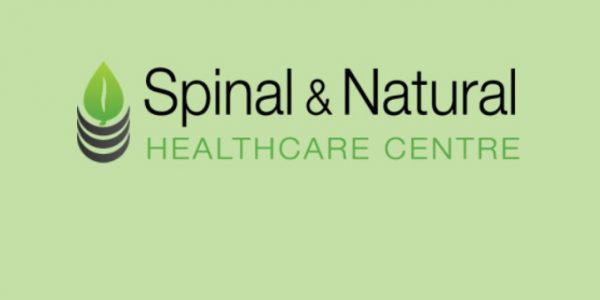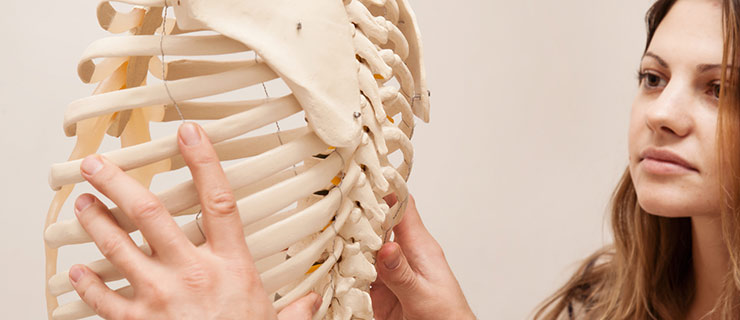June is National Osteoporosis Month – organised by superb charity the National Osteoporosis Society.
Osteoporosis is a bone disease that leaves bones fragile and highly prone to fractures but a healthy diet and weight bearing exercises go a long way to prevent this painful and debilitating condition. Most of you will already know that calcium is essential for bone health. It’s tricky to get enough of some vitamins and minerals in your daily diet but with calcium it’s very easy.
Calcium is essential to the growth and maintenance of strong, healthy teeth and bones. It’s used in our nerves, kidneys, and in the contraction of our muscles. It is also necessary for regulating the heartbeat, lowering cholesterol levels and forming blood clots. It’s also thought that calcium may help to protect against colon and breast cancer, although more evidence is needed to confirm this. Bones are living organs that are constantly changing and repairing. As our body develops and matures our bones need different levels of calcium. The pre-adolescent years are particularly important as this is when our bones greatly need and can store calcium. Remember there is a lot of contensious information regarding calcium and dairy consumption. On my website, I have written an article about milk and it is quite interesting reading! http://www.spinalcarecentre.co.uk/members-area/articles/is-milk-good-or-bad-for-you.html It’s vital that teenagers also get enough calcium as this is when the bones rapidly grow into their adult size. The Food Standards Agency recommends that adults need 700 mg of calcium per day (not exceeding 1500 mg per day). During pregnancy it’s best to seek the advice of your GP or midwife because in some instances, for example for teenage mothers, the calcium requirement increases.
Aim to get your calcium from your diet remember green leafy vegetables! But if you do take a multivitamin supplement, check that it also contains calcium in a natural format. Myself and my family use Juice plus as a supplement to our diet. Dietary sources of calcium, include broccoli, curly kale, mustard greens, cabbage, okra, horseradish, watercress, petit pois, soya beans, red kidney beans, (ware too higher levels of peas and beans due to lectins) celery, parsnips and bok choy. Most bread has calcium added to it as do breakfast cereals, however, the acid digestive breakdown of grains can remove more calcium than you gain from it! Tinned salmon and sardines (if you eat the soft bones) are great sources too and dried fruit (especially figs) and nuts such as almonds and brazil nuts also contain calcium.
Vitamin D is necessary for the body to absorb calcium, therefore a diet should provide an adequate supply of vitamin D. We get most of our vitamin D from the effect of summer sunlight on our skin but vitamin D is also found in oily fish and eggs.
Some foods ave in certain studies shown to inhibit the uptake of calcium: swiss chard, spinach and rhubarb can block calcium absorption, however these fruits and vegetables have so many other benefits I would suggest not panicking too much about this one! The National Osteoporosis Society also warns that too much protein (eg meat and cheese), too much salt, too many fizzy drinks (because they contain phosphoric acid) and high caffeine consumption can all affect how well your body absorbs and uses calcium. The NOS have have some good advice booklets that you can download for free from www.nos.org.uk (or call them on 0845 130 3076). They also have a fabulous sections for children and for teenagers www.bonezone.org.uk.
Build a better backbone for Britain
Weight bearing exercise such as walking is also crucial for building and maintaining healthy bones. However, building up to impact exercise is the goal here. I personally like the research that has gone into Crossfit, my personal exercise of choice. The varied movement patterns are excellent and there is also Crossfit Kids, designed to provide strength and conditioning exercises for children of all ages. If children are able to do these movement patterns on a regular basis, you are going to help them from getting bone mineral wasting as they age. In an age where sitting on you back side and either watching TV of computer games are king, it is our job as parents to give our children a healthy future so get them out and exercising as soon as you finish reading this article.

